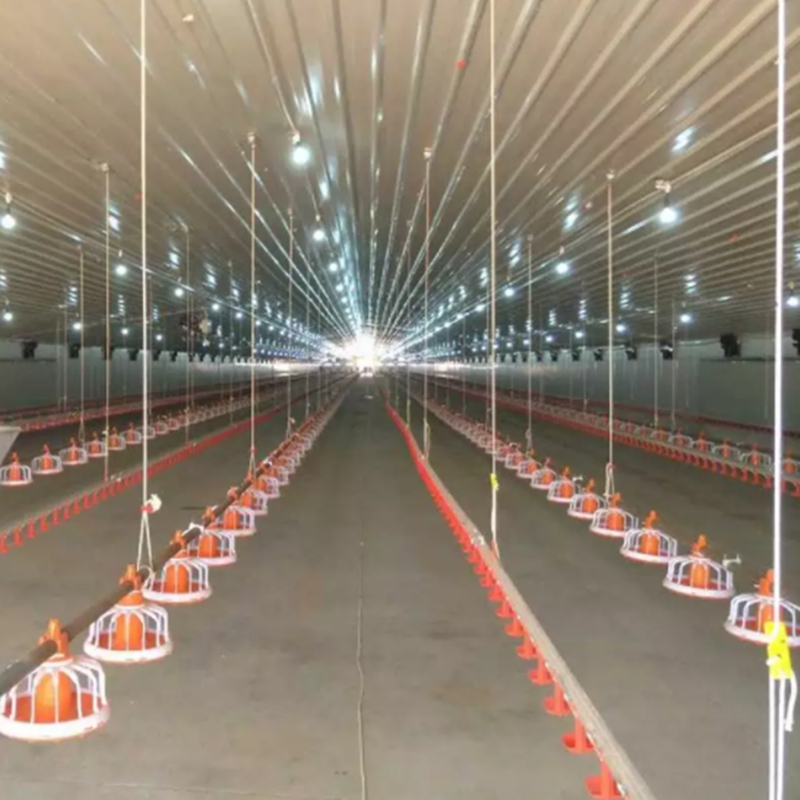Effective Methods for Scalding Chickens in Poultry Processing Systems
Oct . 01, 2024 16:29 Back to list
Effective Methods for Scalding Chickens in Poultry Processing Systems
Understanding Chicken Scalders Importance and Functionality in Poultry Processing
In the poultry processing industry, chicken scalders play a critical role in ensuring not only the efficiency of production but also the quality of the final product. Scalding refers to the process of immersing chickens in hot water right after slaughter, which is essential for the subsequent removal of feathers. As poultry consumption continues to rise globally, understanding the functionality, types, and importance of chicken scalders becomes increasingly relevant.
The Scalding Process
The scalding process generally occurs soon after the birds have been slaughtered. This process involves submerging the chickens in hot water, typically between 55°C to 65°C (130°F to 150°F). The primary purpose of scalding is to facilitate feather removal. When properly executed, scalding allows the feathers to loosen from the skin, making them easier to pluck during the processing phase.
Types of Chicken Scalders
There are primarily two types of chicken scalders batch scalders and continuous scalders
. Each has its own set of advantages and suits different processing plants based on their scale and operational requirements.1. Batch Scalders These are typically designed for smaller operations. In batch scalding, birds are loaded into a scalding tank, where they are submerged for a specific period. This method allows operators to closely monitor and adjust water temperatures and scalding times, ensuring optimal feather removal. However, batch scalders may not be ideal for larger operations due to lower throughput.
2. Continuous Scalders Designed for larger processing plants, continuous scalders allow for the constant flow of chickens through the scalding process. Birds are typically conveyed into a long scalding chamber, where water circulates continuously. This system ensures a higher volume of birds can be processed in a shorter amount of time, which is crucial for meeting demand in high-volume poultry operations.
chicken scalders

Importance of Proper Scalding
Proper scalding is essential not just for feather removal, but it also impacts the final quality and safety of the chicken. An optimal scalding temperature ensures that the skin remains intact, thereby preserving the visual appeal of the product. If the water is too hot or the scalding time too long, it can lead to skin damage, which negatively affects product quality.
Furthermore, scalding plays a significant role in reducing microbial loads on the bird's surface. The heat from the water helps eliminate harmful bacteria that could lead to foodborne illnesses. Thus, from a food safety perspective, the scalding process is vital for protecting consumer health.
Technological Advances in Scalding
In recent years, advancements in scalding technology have improved the efficiency and efficacy of this critical step in poultry processing. Innovations include the use of automated systems, which can monitor and adjust scalding conditions in real-time, ensuring consistency in temperature and timing. Additionally, some modern scalders incorporate pre-scalding techniques, such as air or steam pre-treatment, to further enhance feather extraction and maintain poultry product quality.
Moreover, environmental considerations have also led to the development of more energy-efficient models that reduce water and energy consumption, aligning with sustainable practices within the industry.
Conclusion
In conclusion, chicken scalders are an indispensable component of the poultry processing industry, ensuring that chickens are processed efficiently while maintaining high standards of quality and safety. Understanding the types, importance, and recent technological advancements in scalding can help producers optimize their operations. As the demand for poultry grows, ongoing improvements in scalding techniques will continue to be essential in meeting industry standards and consumer expectations.
-
Hot Sale 24 & 18 Door Rabbit Cages - Premium Breeding Solutions
NewsJul.25,2025
-
Automatic Feeding Line System Pan Feeder Nipple Drinker - Anping County Yize Metal Products Co., Ltd.
NewsJul.21,2025
-
Automatic Feeding Line System Pan Feeder Nipple Drinker - Anping County Yize Metal Products Co., Ltd.
NewsJul.21,2025
-
Automatic Feeding Line System - Anping Yize | Precision & Nipple
NewsJul.21,2025
-
Automatic Feeding Line System - Anping Yize | Precision & Nipple
NewsJul.21,2025
-
Automatic Feeding Line System-Anping County Yize Metal Products Co., Ltd.|Efficient Feed Distribution&Customized Animal Farming Solutions
NewsJul.21,2025






